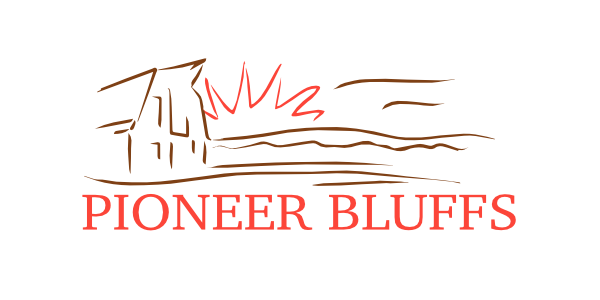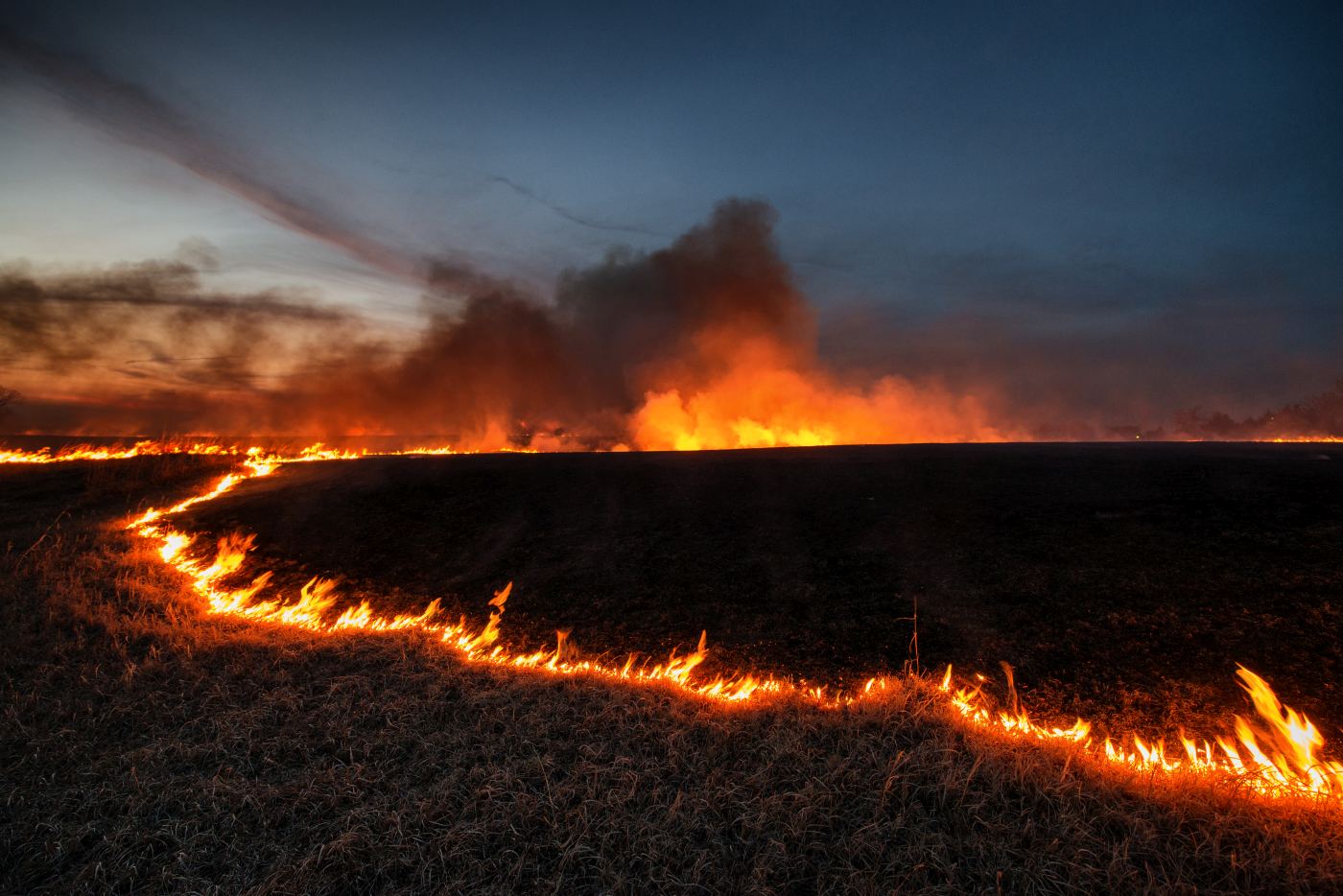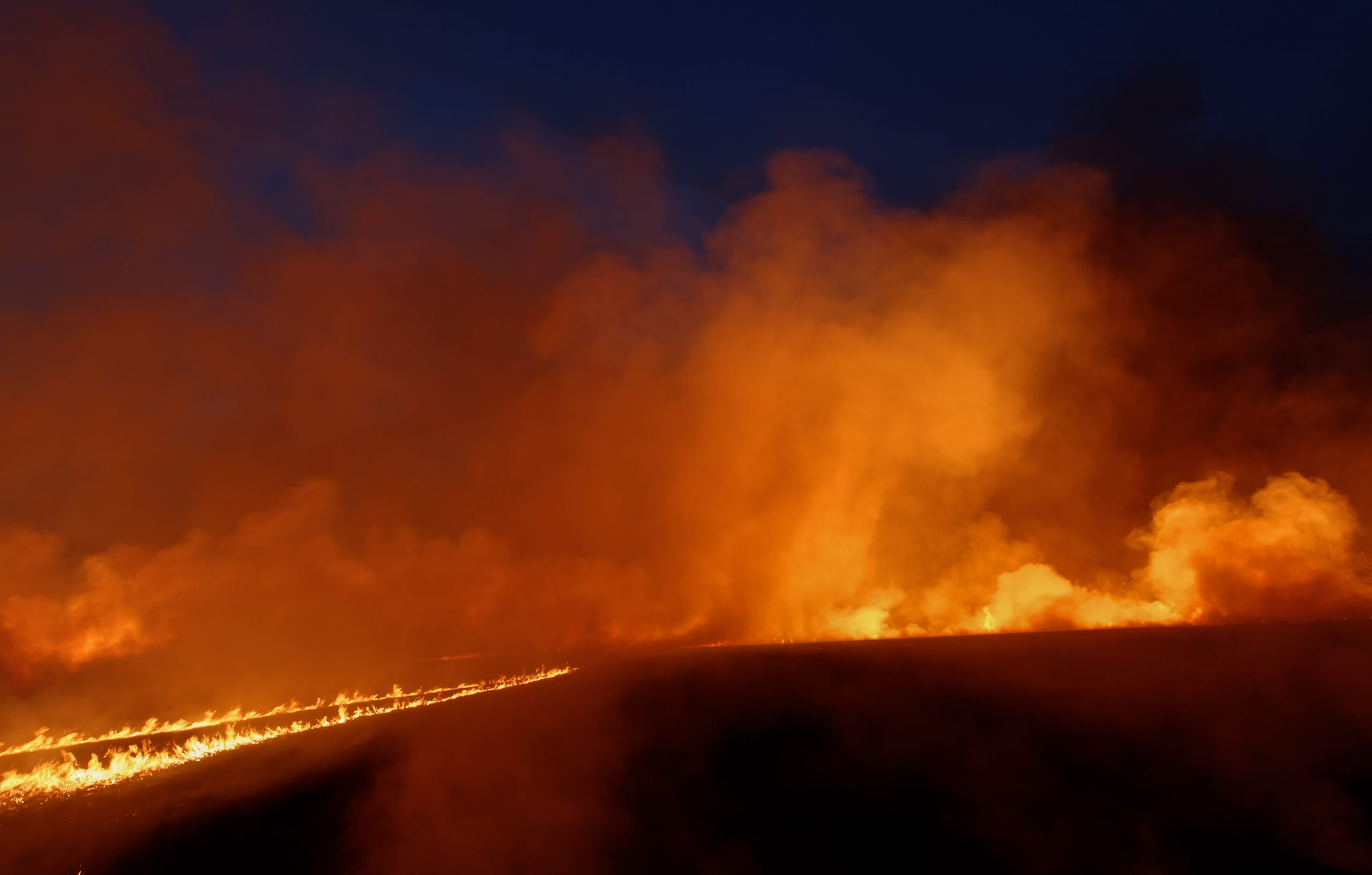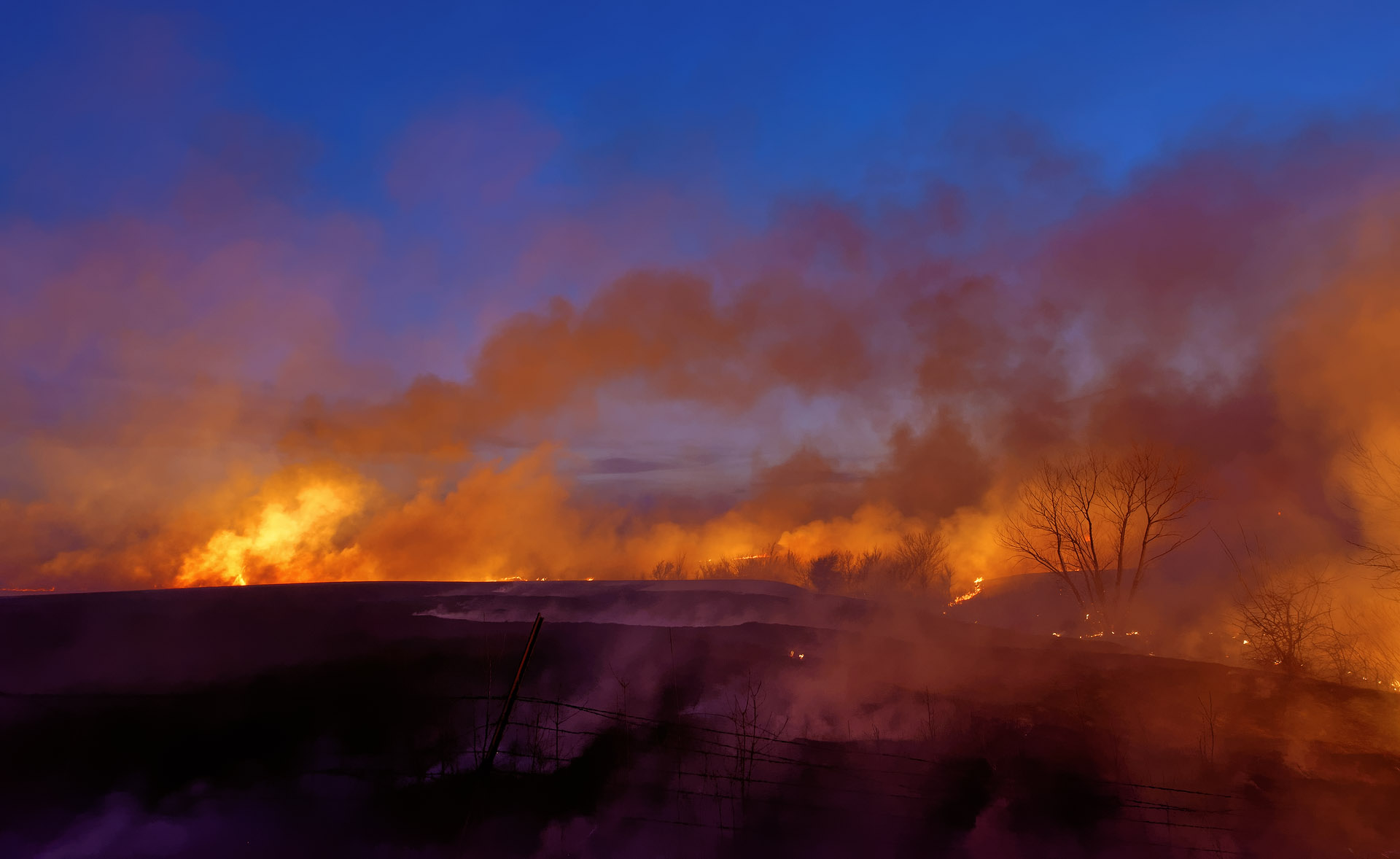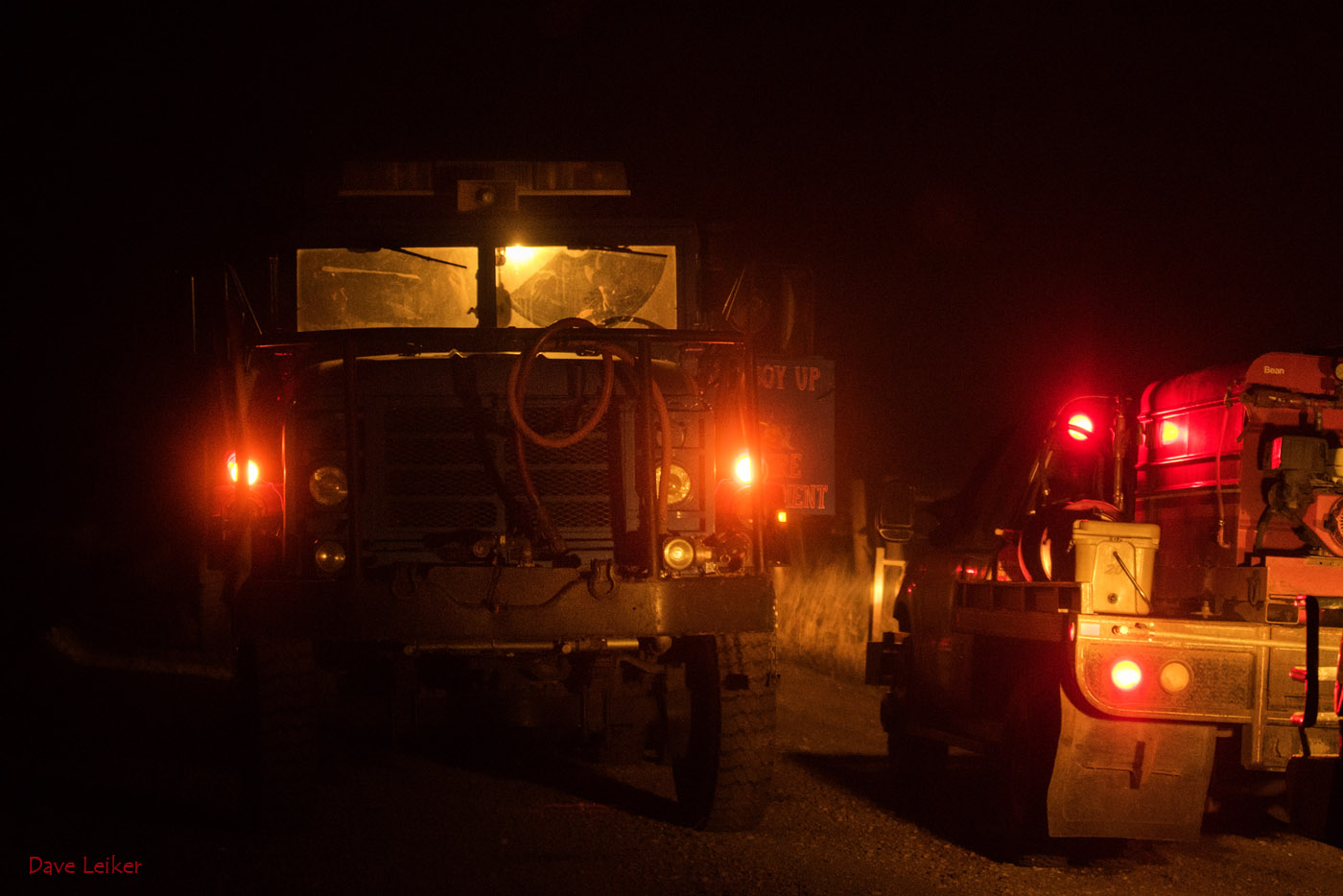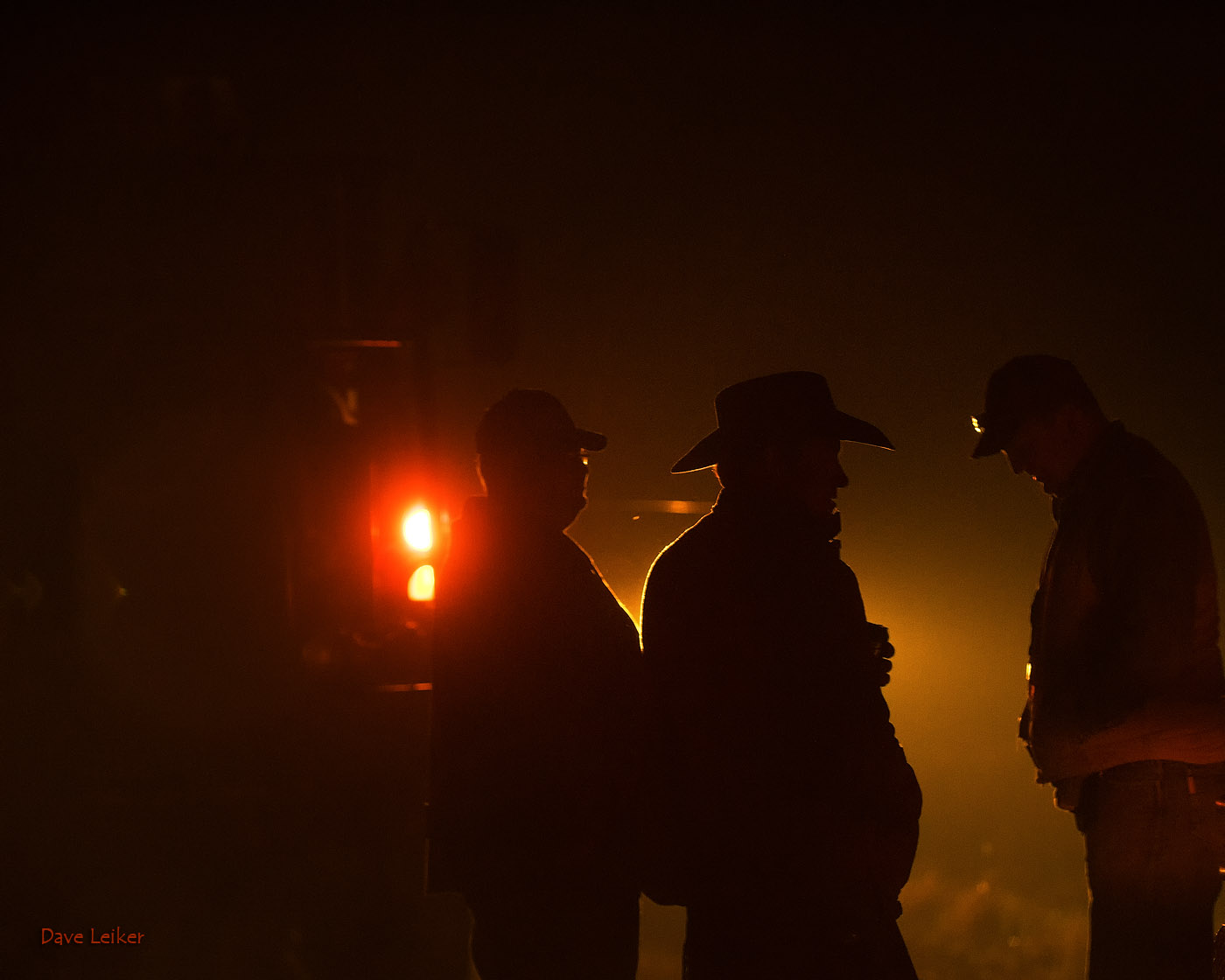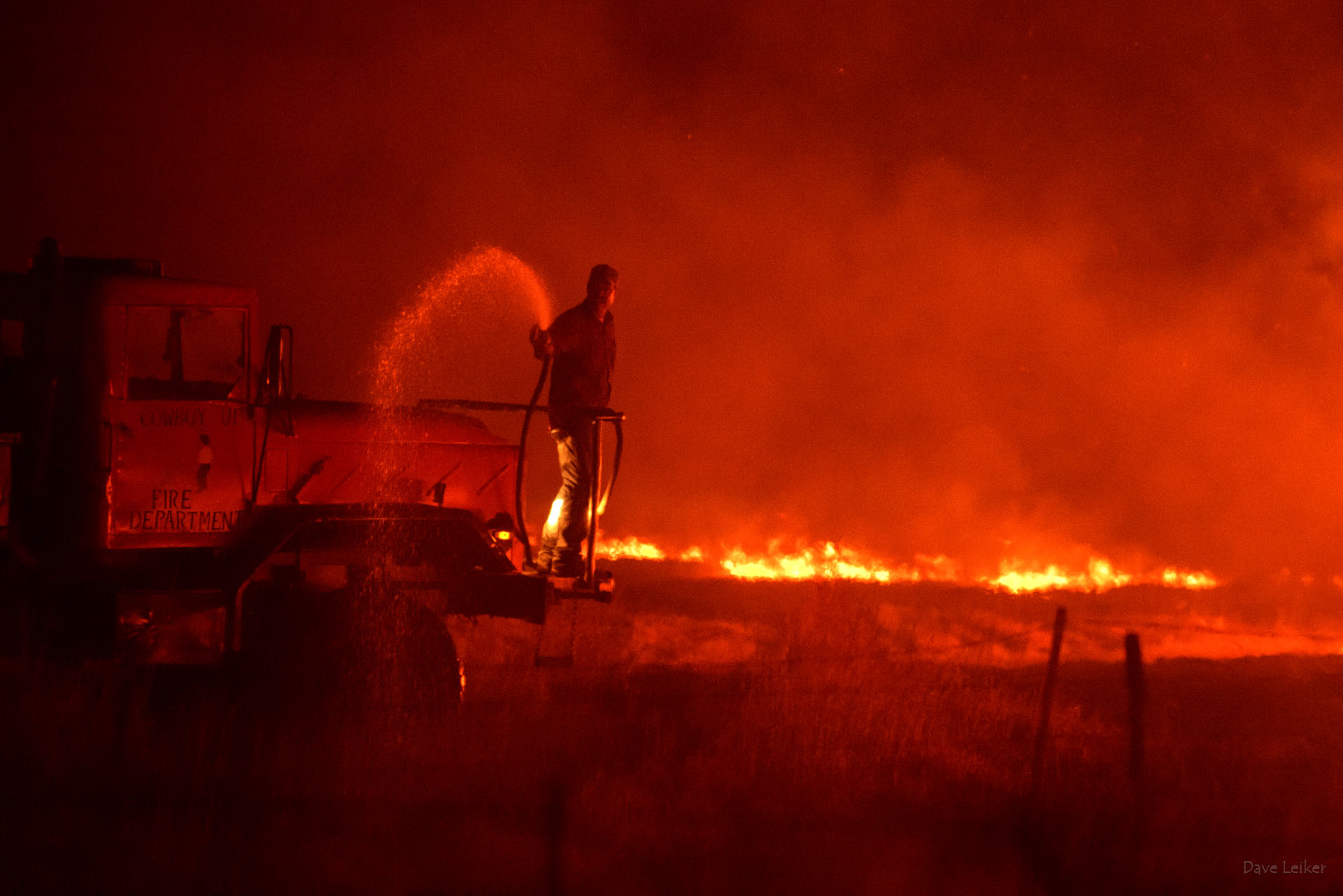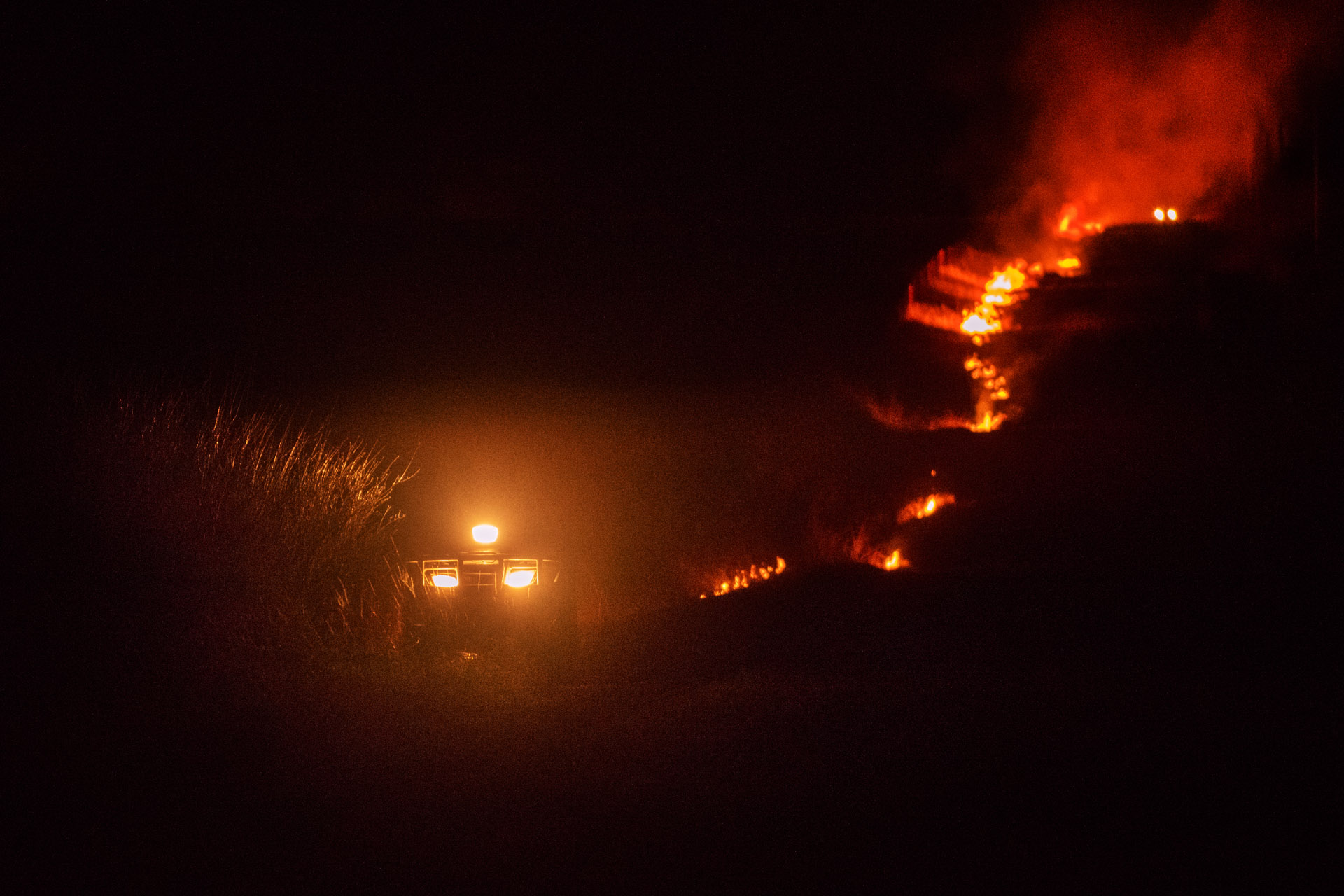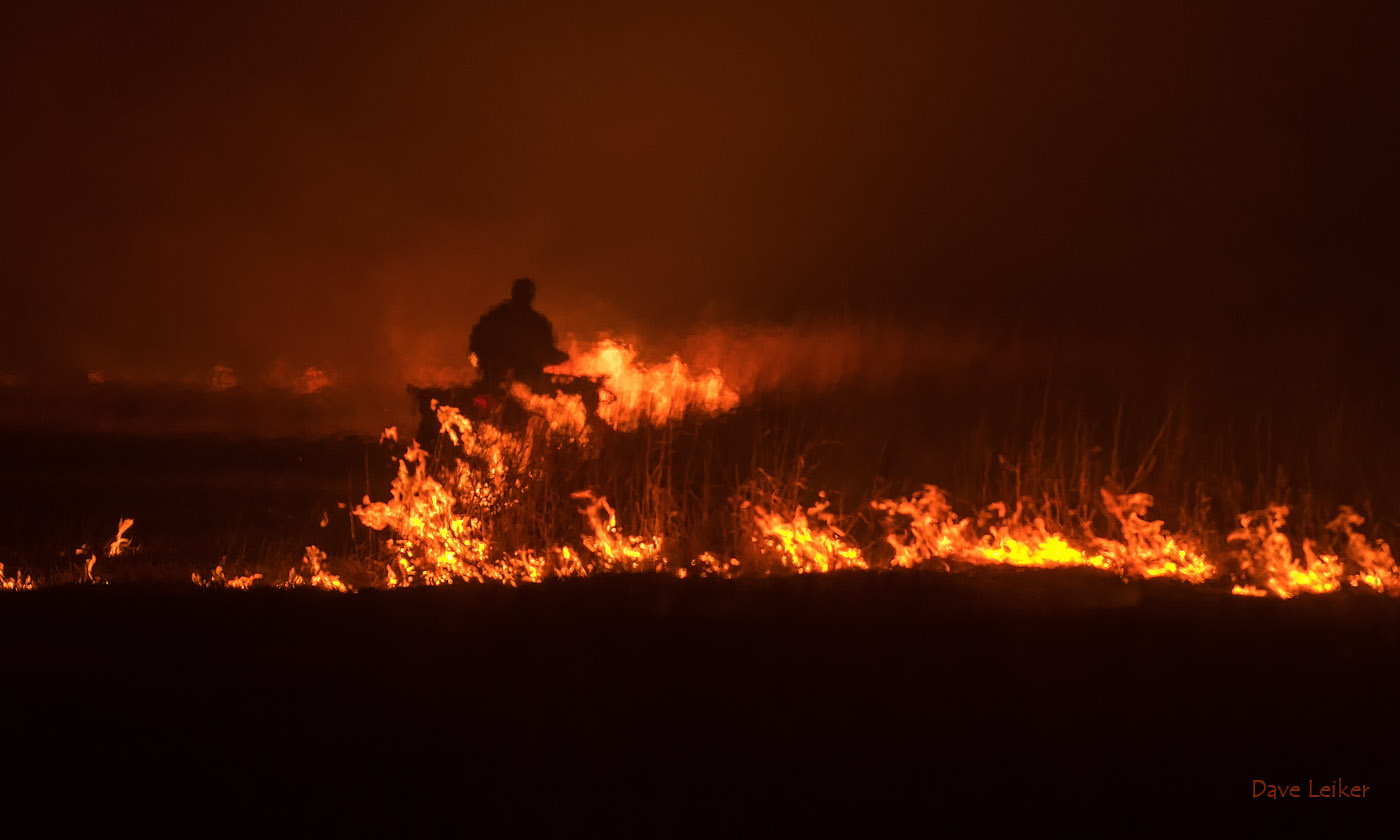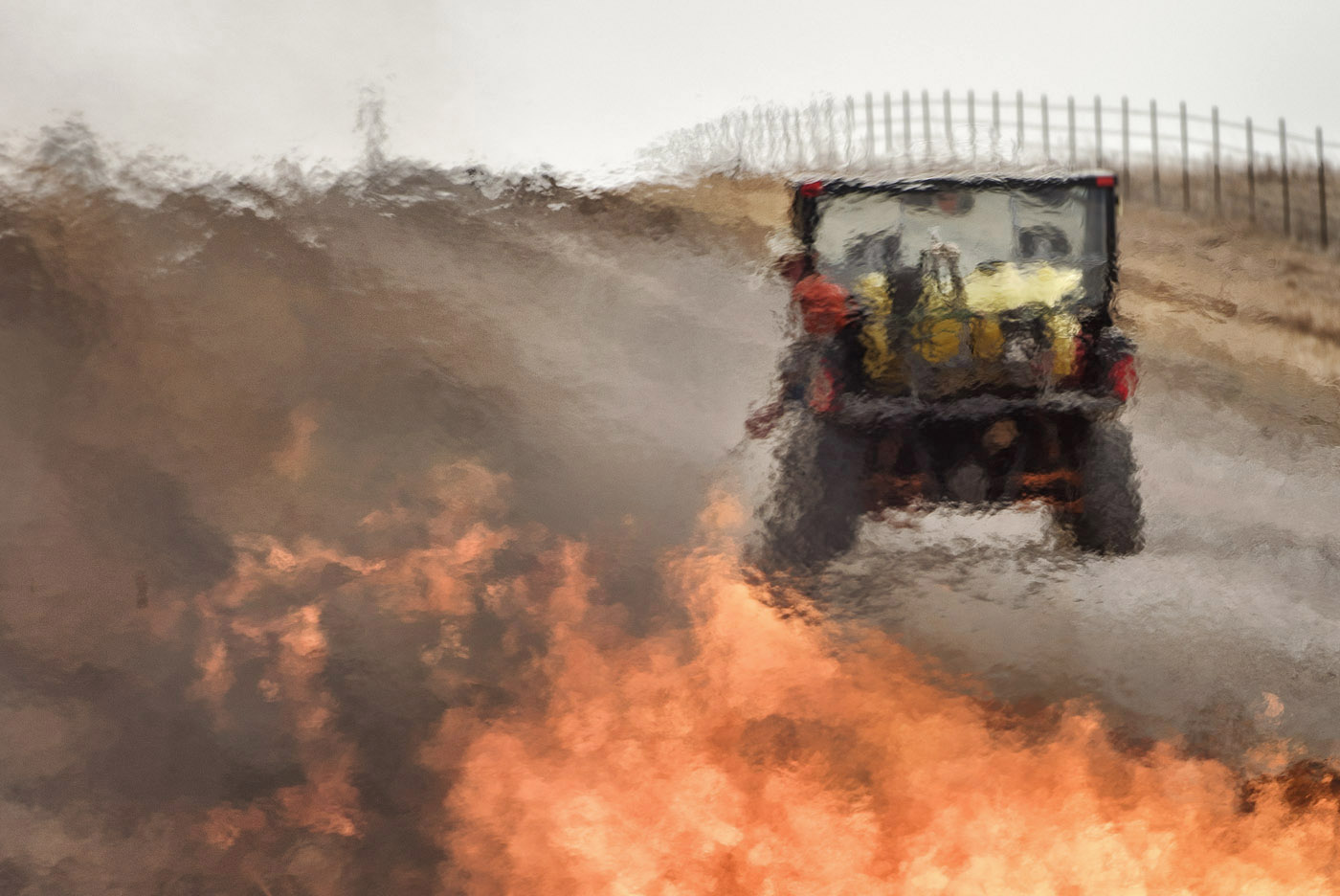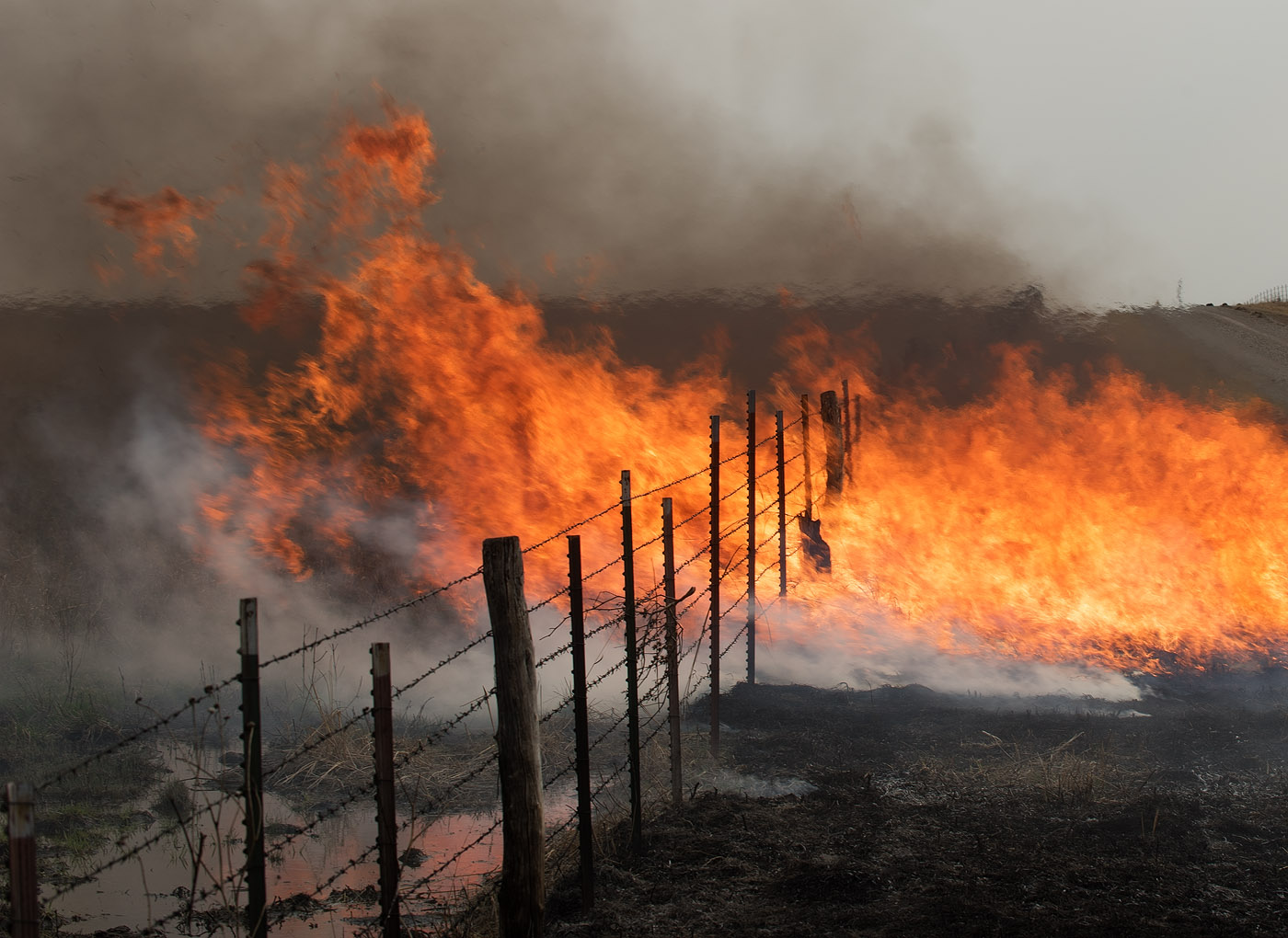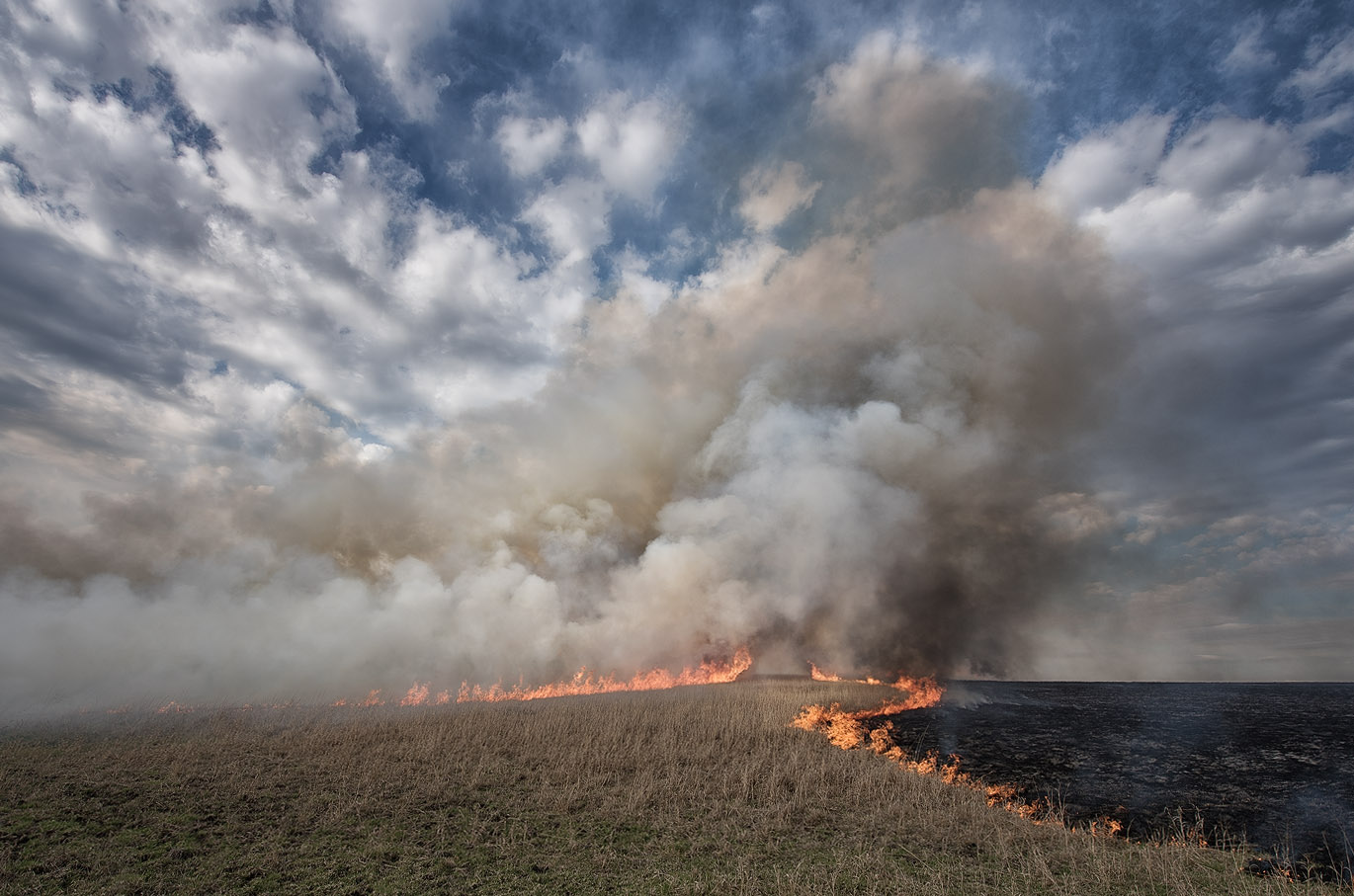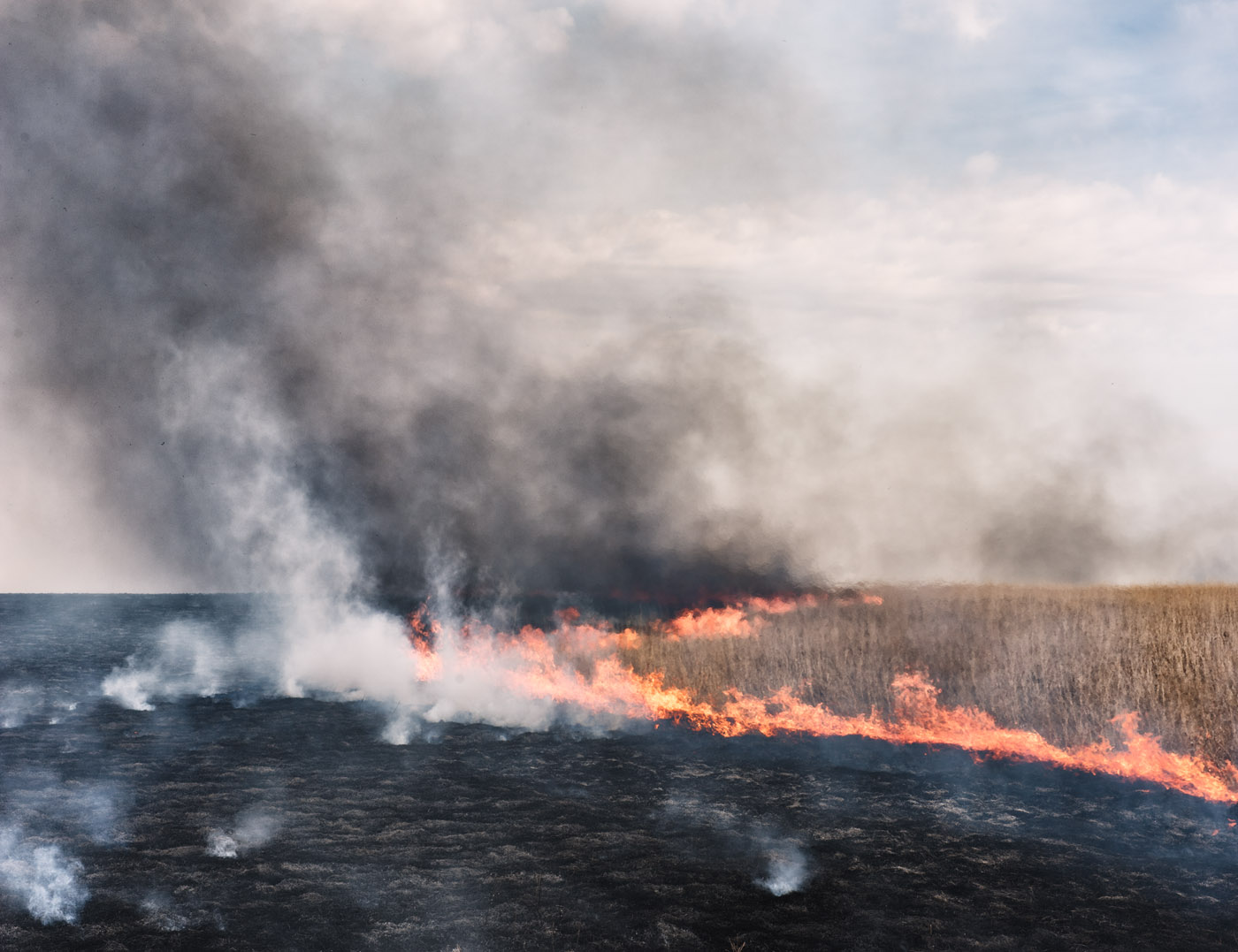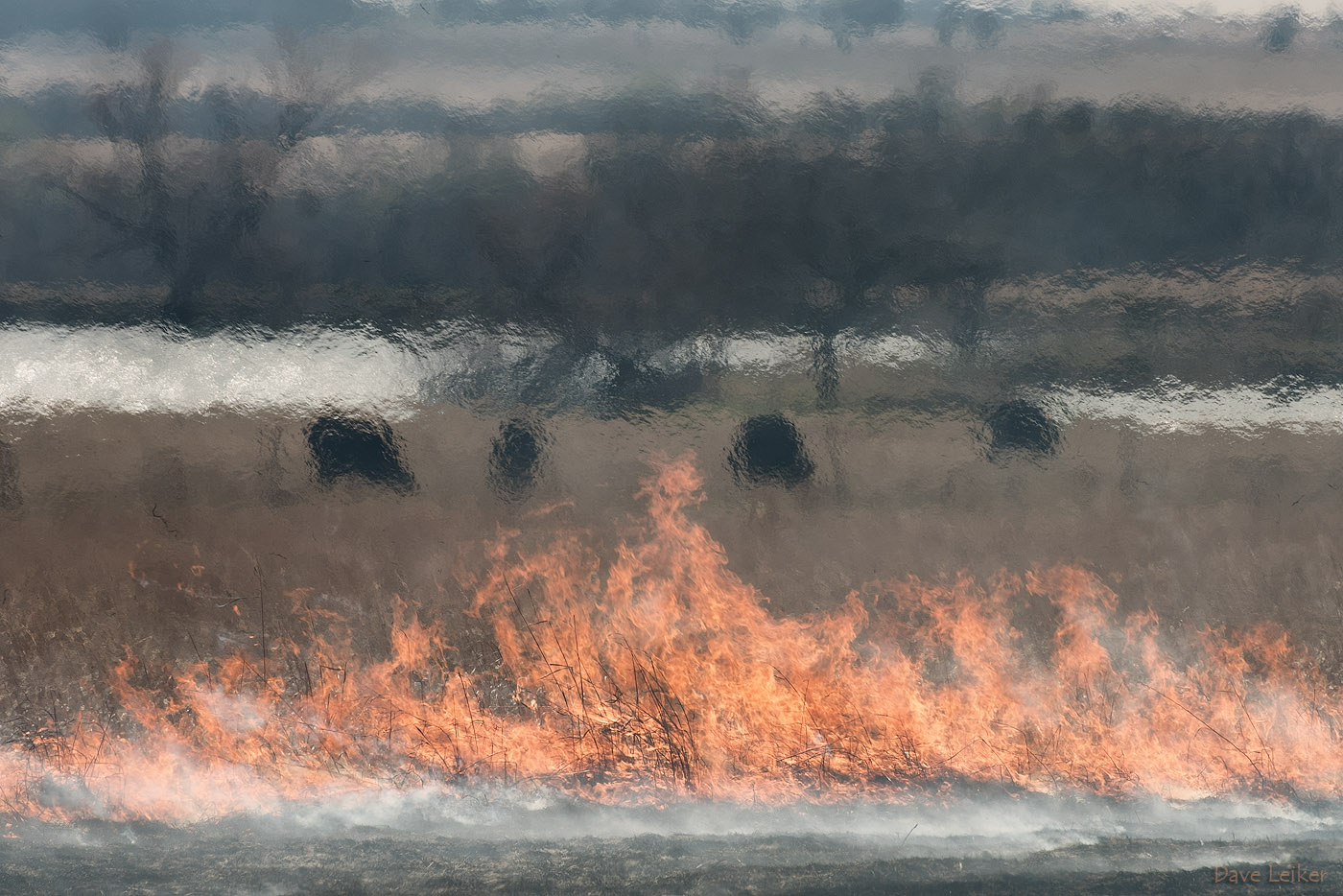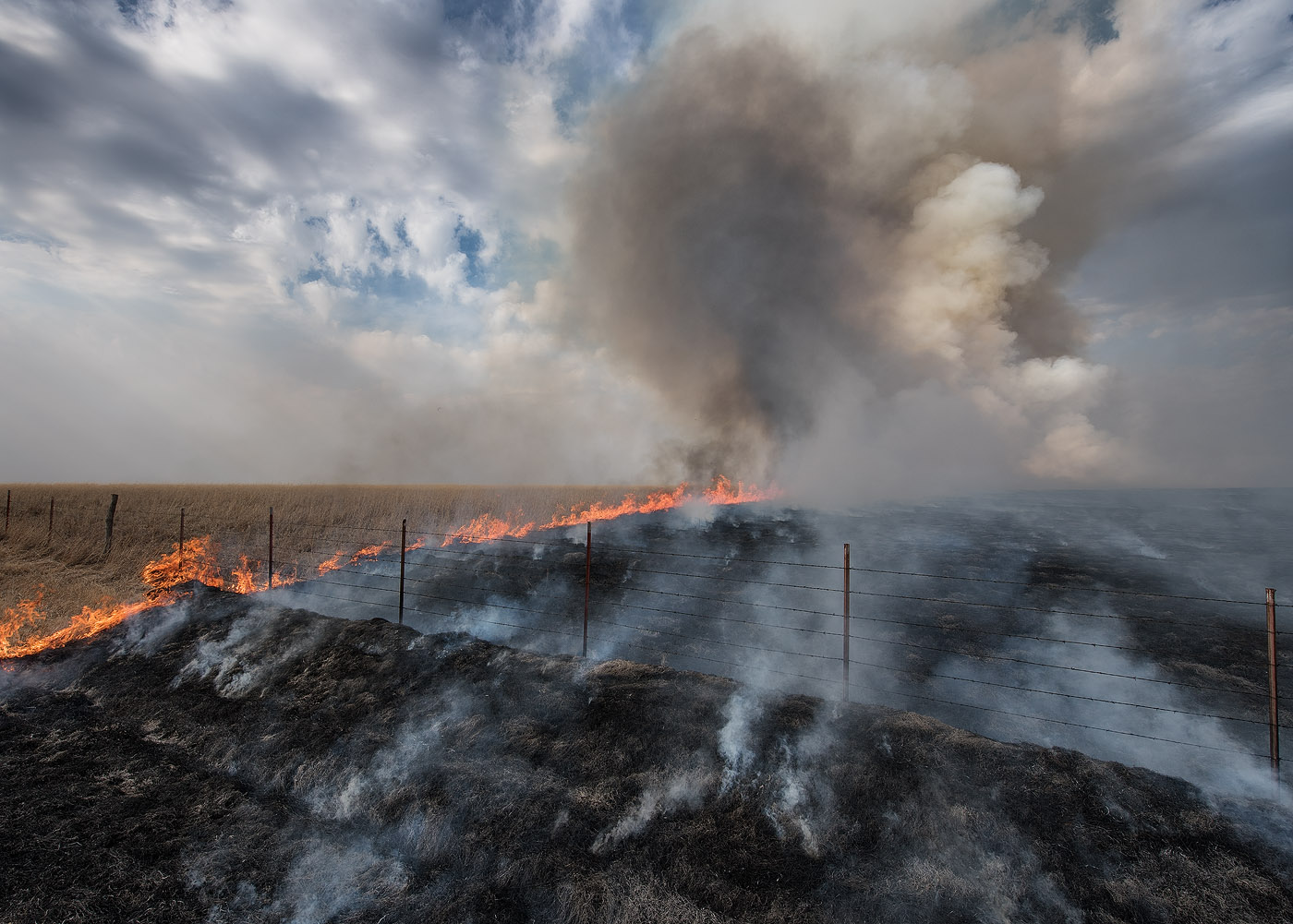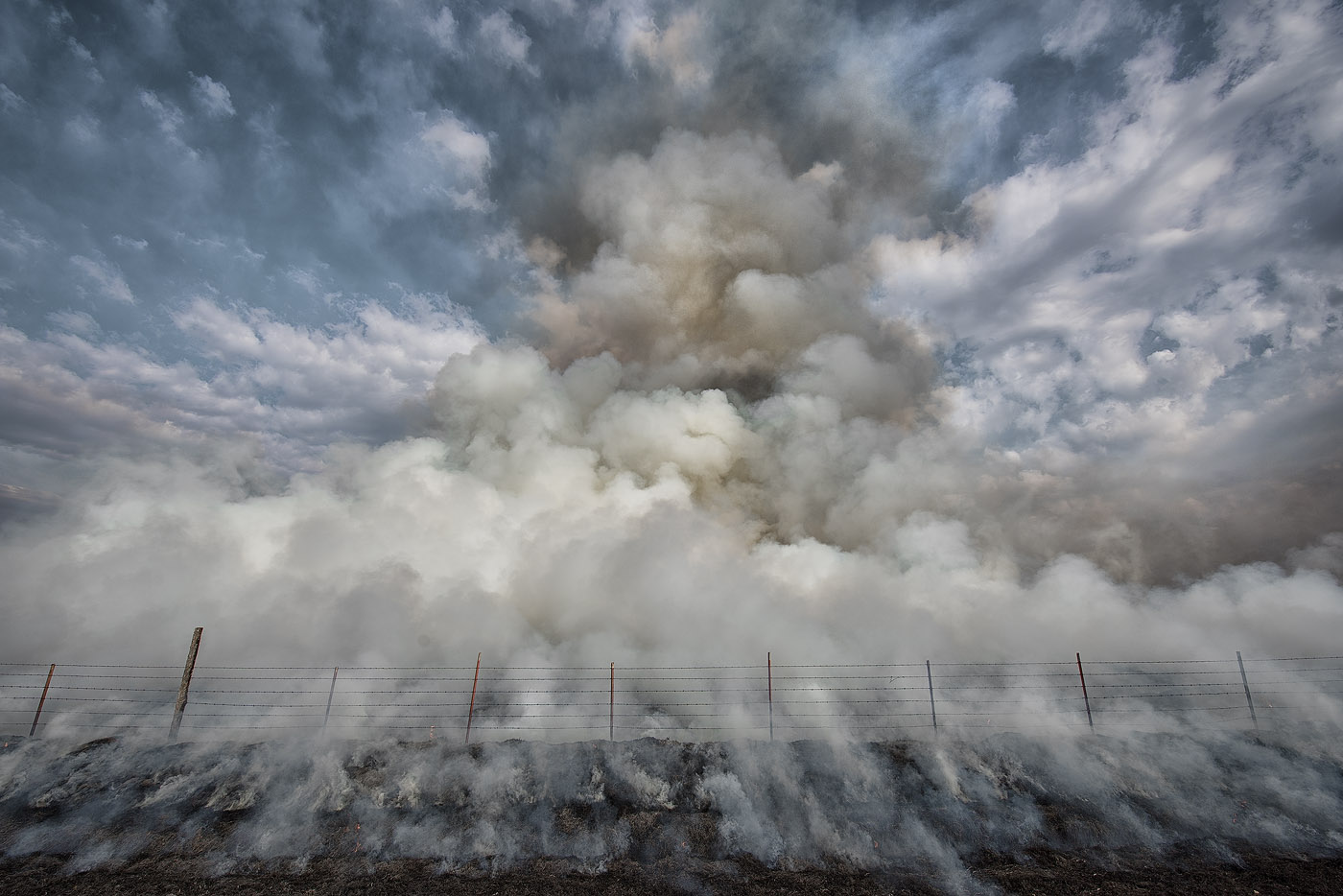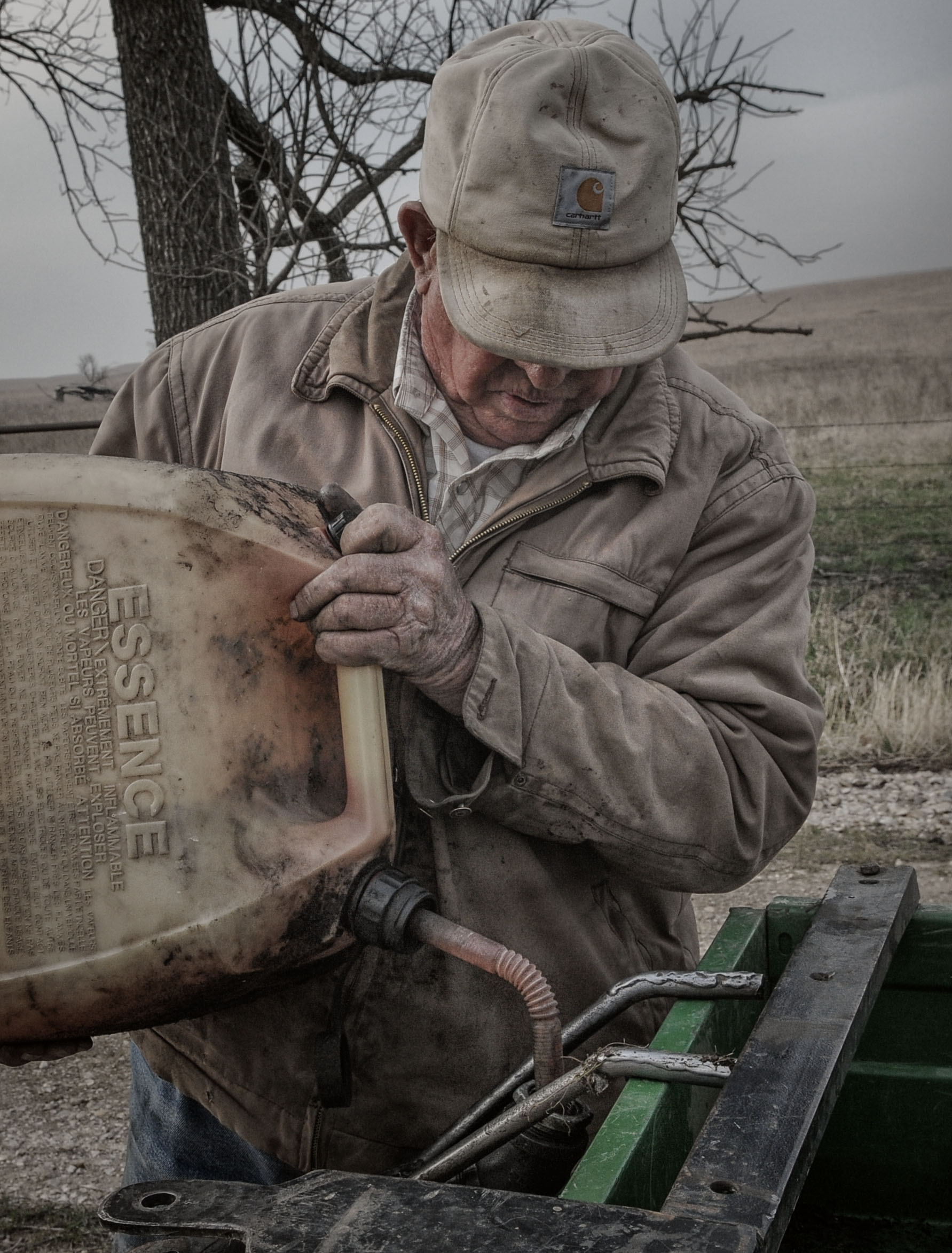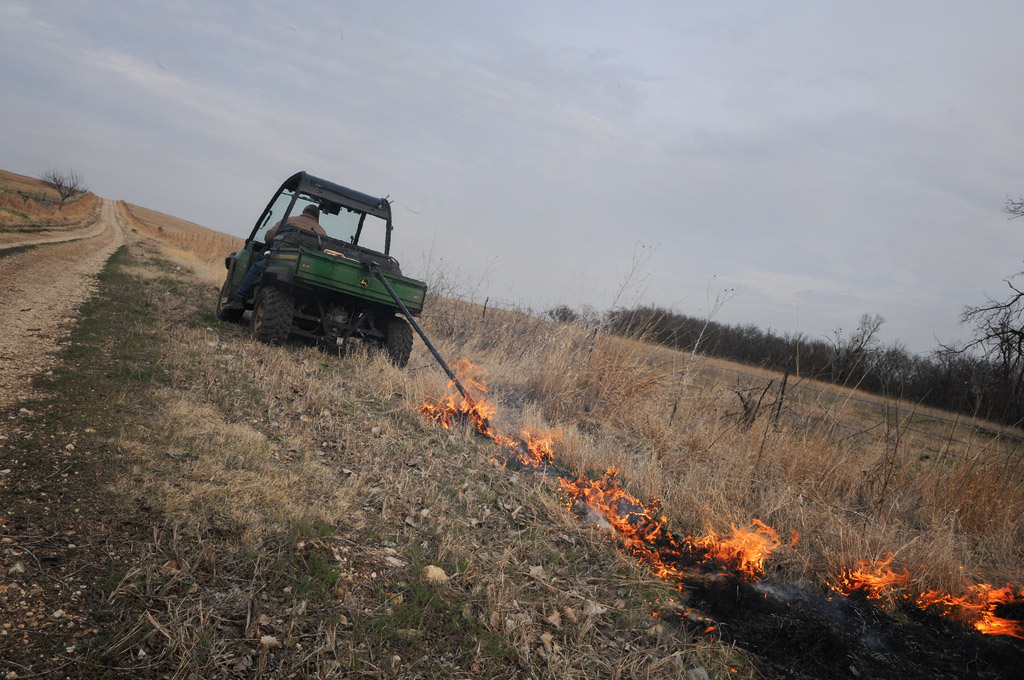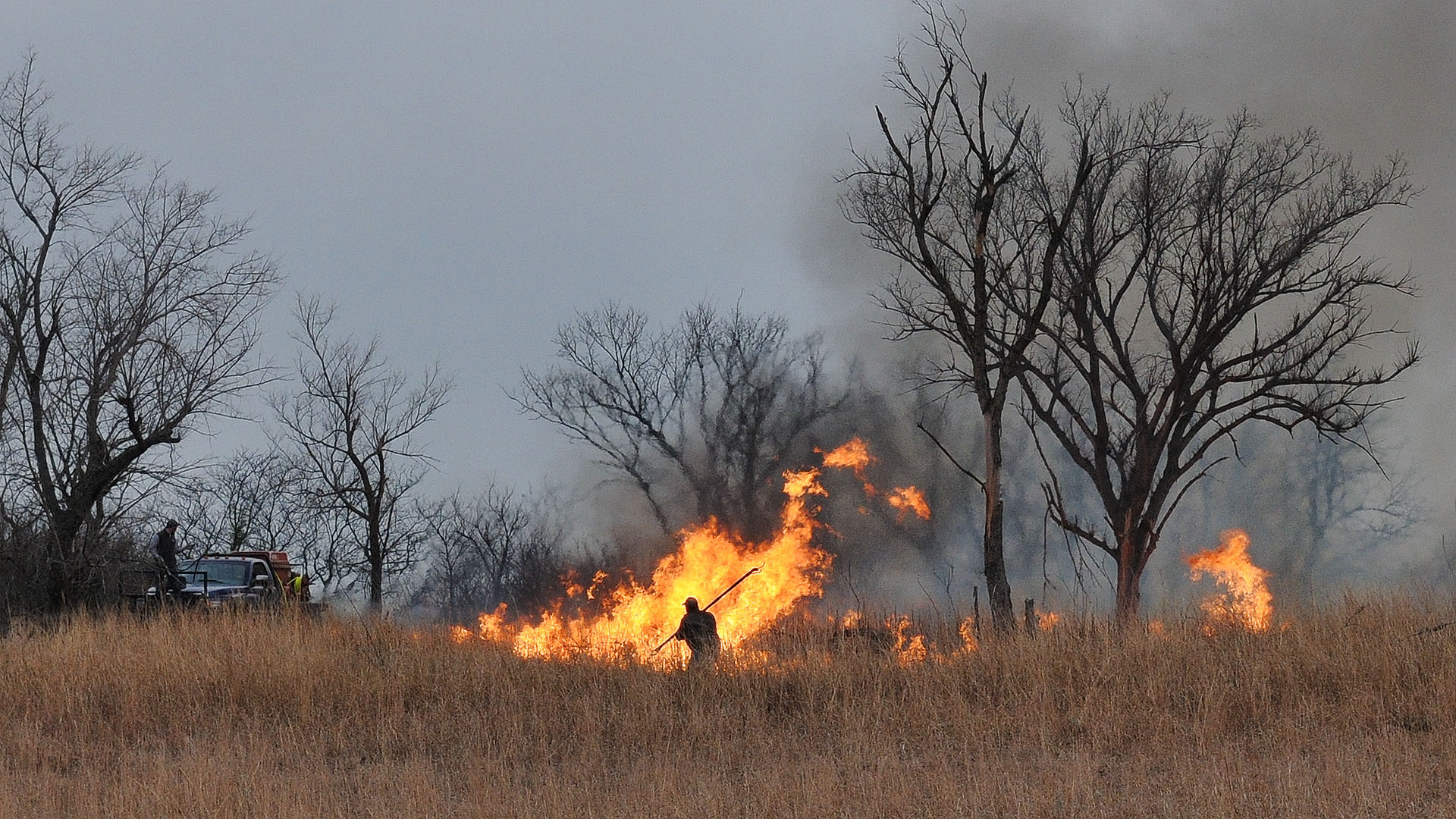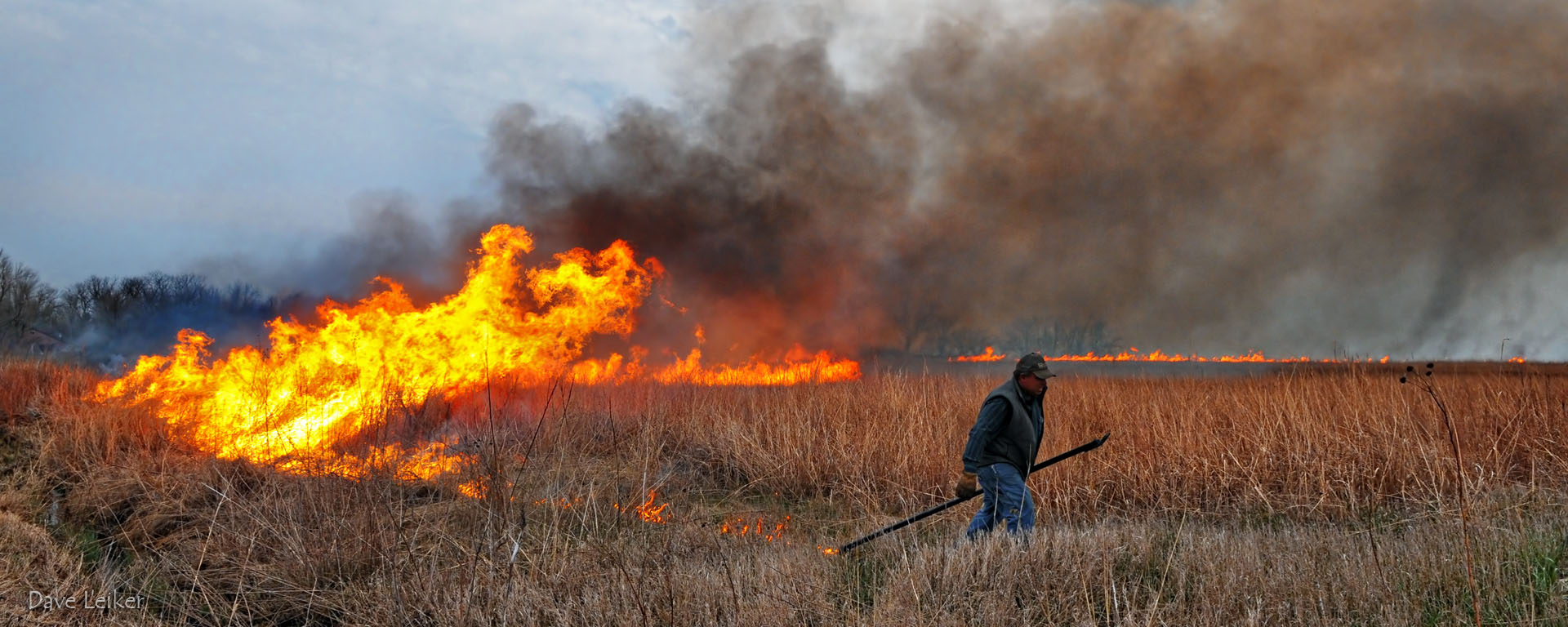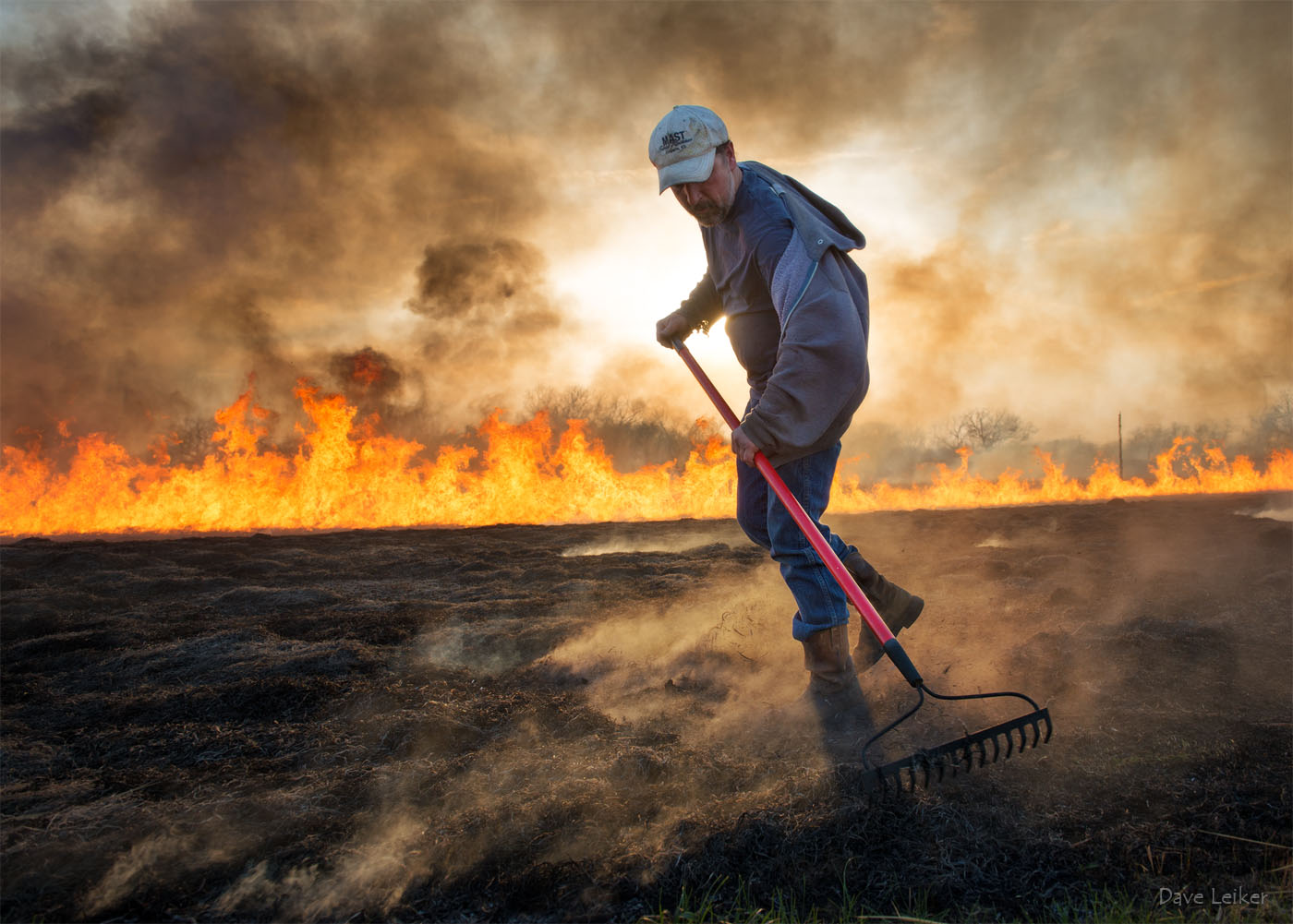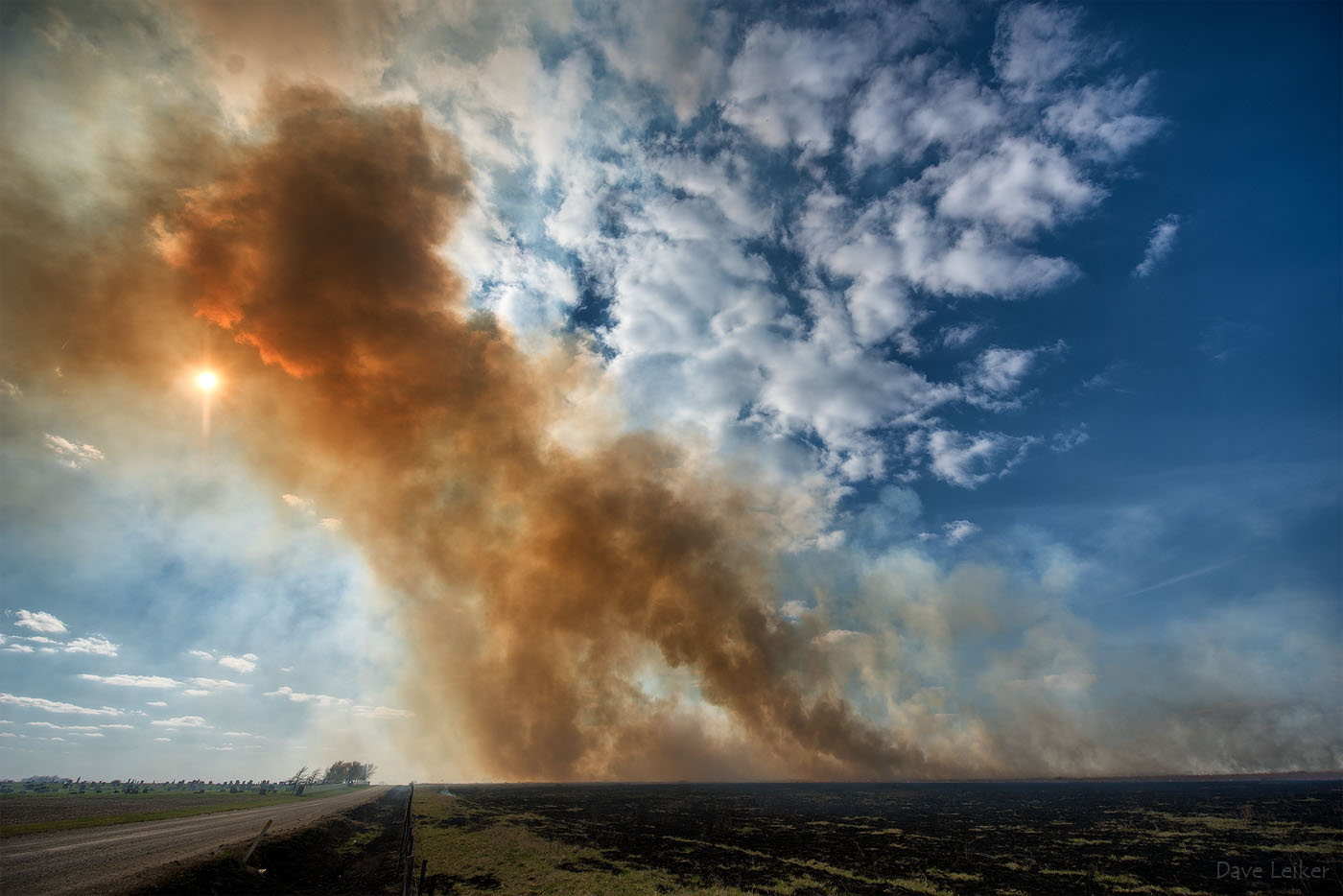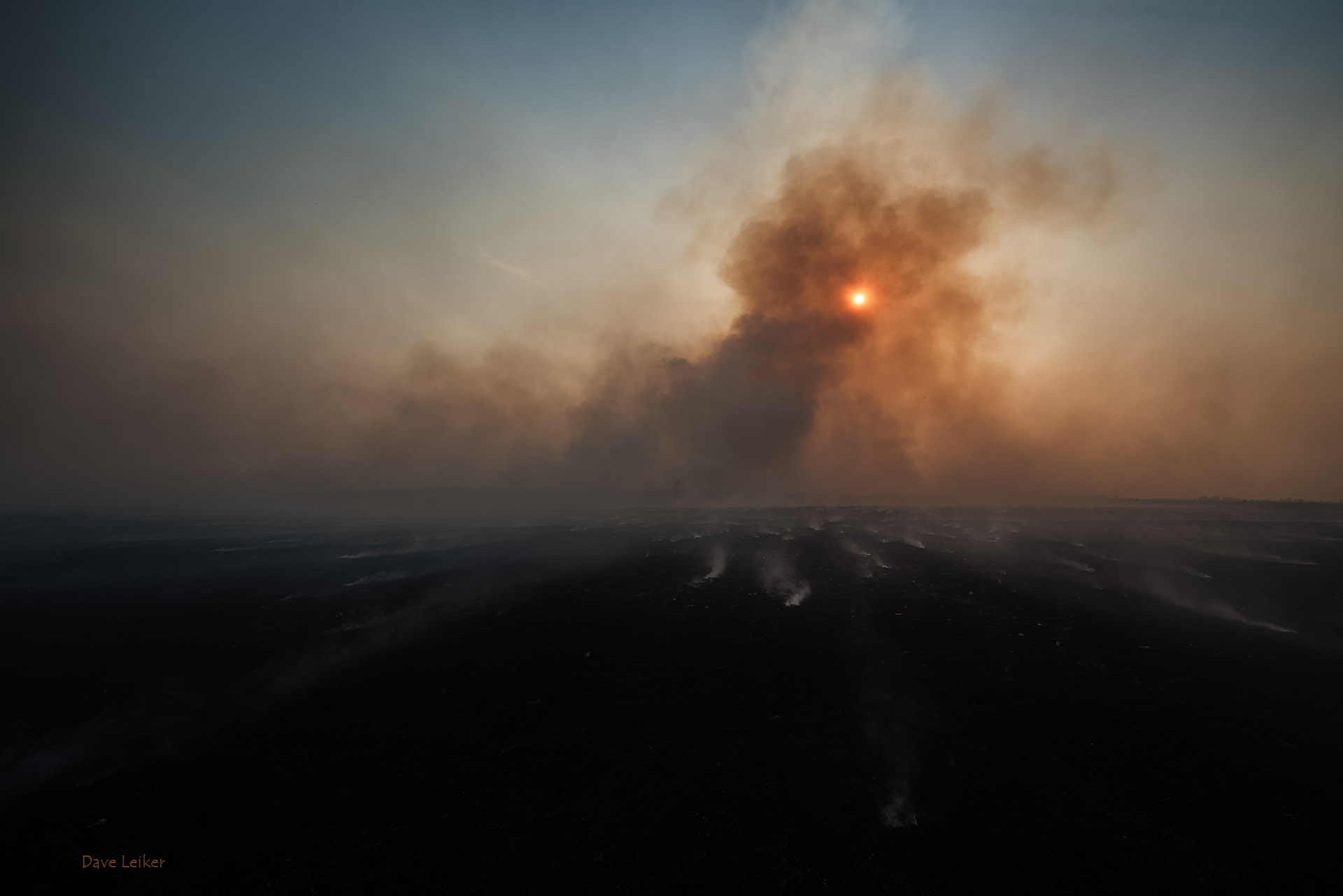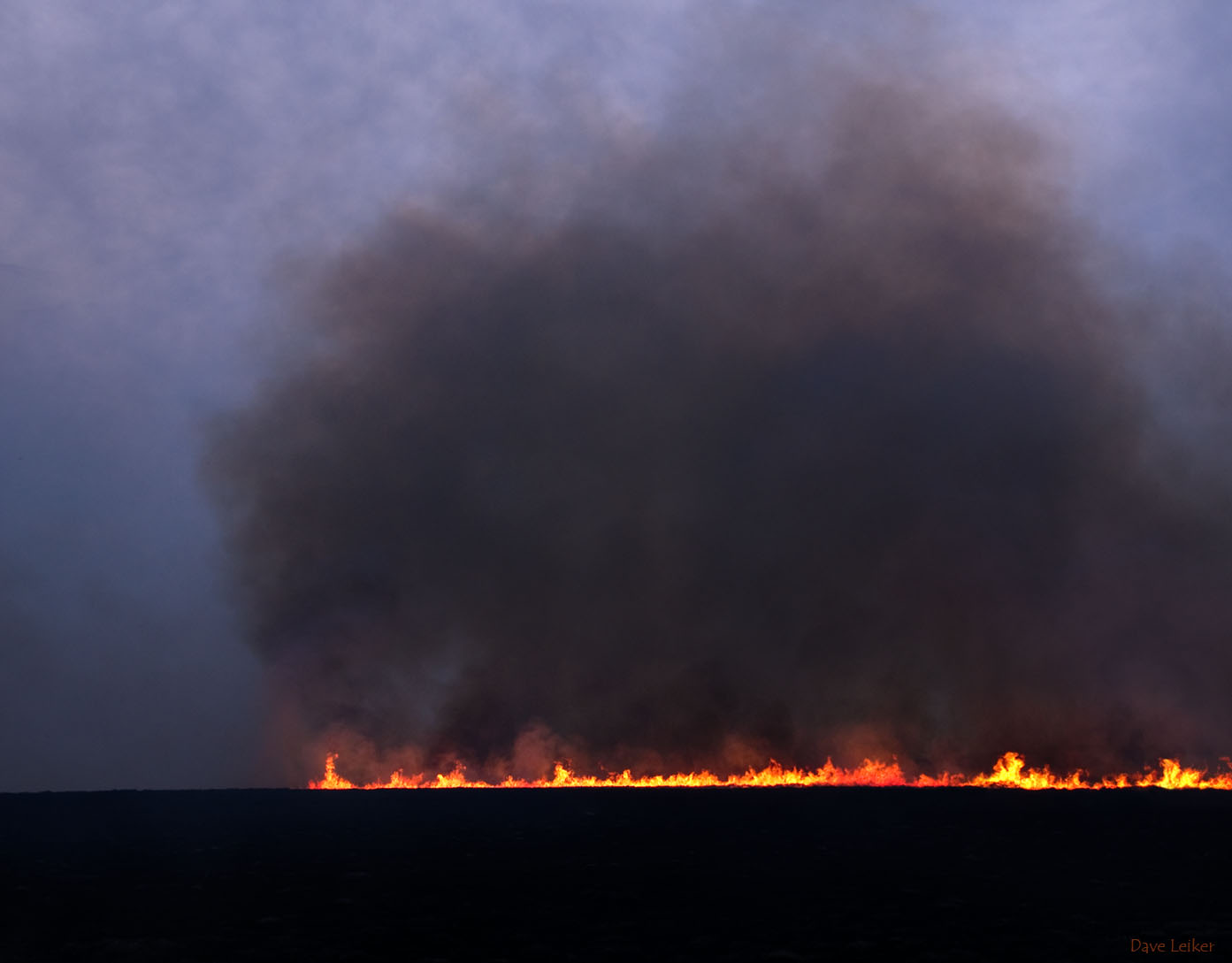Prescribed Prairie Burns
Learn about the role of managed burns in maintaining the tallgrass prairieListen
The Natural Way of the Prairie
The vast grasslands of the Flint Hills are an adaptation to many natural forces, foremost among them is fire. The ancient hills were regularly set ablaze by lightning. The resulting fires would spread until the accumulated dry grasses and brush ran out, or the inferno was quenched by rain. Fresh growth quickly spread over the scorched landscape attracting bison and other wildlife which fed on the nutritious young plants.
Original stewards of the land, Native Americans for thousands of years used this cycle to advantage, and became the earliest practitioners of prescribed prairie burns. Not only did this benefit prairie wildlife species, it also shaped the lush landscape we now associate with the tall grass prairie.
Contemporary land management research has confirmed the importance of fire in this landscape. A managed prairie burn is among the most important remedies in a rancher’s tool bag for clearing the land of dry, accumulated growth, discouraging the spread of invasive species such as eastern red cedar or ashe juniper, recycling nutrients and providing fresh flora to fatten cattle.
Maintaining the Grasslands
A Konza Prairie study determined that, in the absence of fire, the tallgrass prairie would become a cedar forest in only three or four decades. The eastern red cedar is a native species but has long been kept in check by regular burns. Left uncontrolled the evergreen chokes out native grasses and consumes large quantities of available groundwater.
Regular, well planned burns prevent the buildup of accumulated dry grasses and shrubs which, if ignited by lightning or carelessness, could feed dangerous wildfires.
The good land management practices of ranchers help protect the integrity of the tallgrass prairie and results in higher weight gain by livestock, which in turn helps profitability for the cattlemen.
Smoke
As important as prairie burns are to the health of the tallgrass ecosystem, it is accompanied by an undesirable by-product: smoke. With over 2 million acres of Flint Hills pasture burned every year there is a lot of it.
Visually, the fast moving flames of a burn are impressive to watch, to our ears the crackling noise of it adds drama. The smoke, though, is a production all its own. It billows into an atmospheric mass cycling in color from luminous blues to somber tones of orange and brown, blacking out even a bright mid-day sun. Once it takes ride on the winds it can travel long distances, potentially carpeting the largest cities in haze and the smell of fire, causing some respiratory distress and other issues to both humans and animals.
Burn planners do their best to avoid smoke drift to highly populated areas. A Flint Hills smoke management plan, produced by the Department of Health and Environment, provides important guidance to minimize the hazards of smoke pollution. Online tools consider climate conditions and create models of the likely effect of a burn on urban areas. With these aids the burns can be scheduled in a way that minimizes discomfort to those living in nearby cities.
Safe Practices: When Smoke is in Your Area
From the Kansas Department of Health and Environment, March 13, 2013:
Prescribed burns release large amounts of particulate matter and substances that can form ozone. Particulate matter and ozone can cause health problems, even in healthy individuals. Common health problems include burning eyes, runny nose, coughing and illnesses such as bronchitis. Individuals with respiratory issues, pre-existing heart or lung diseases, children and elderly may experience worse symptoms.
Steps to protect your health on days when smoke is present in your community include:
- Healthy people should limit or avoid strenuous outdoor exercise.
- People with respiratory or heart related illnesses should remain indoors.
- Help keep indoor air clean by closing doors and windows and running air conditioners with air filters.
- Keep hydrated by drinking lots of water.
- Contact your doctor if you have symptoms such as chest pain, chest tightness, shortness of breath or severe fatigue.
Benefits to Livestock
After a prescribed burn, farmers and ranchers will look over the pastures to make sure the grass is mature enough to support grazing. Since grass is an incredibly valuable resource, they want to make sure when cattle graze on grass that it is mature enough to grow back and thrive.
Once the perennial grasses are established, the cattle will be allowed to graze on that land. Not only do cattle love the fresh grass, research has shown cattle gain more on pastures that have been burned because the old grass and thatch have been removed.
The Flint Hills offers an abundance of forage for cattle to eat and grow. Cattle can gain up to 2.5 lbs per day over the spring and summer by eating a substance (grass) that humans can’t eat on lands that humans can’t farm.
